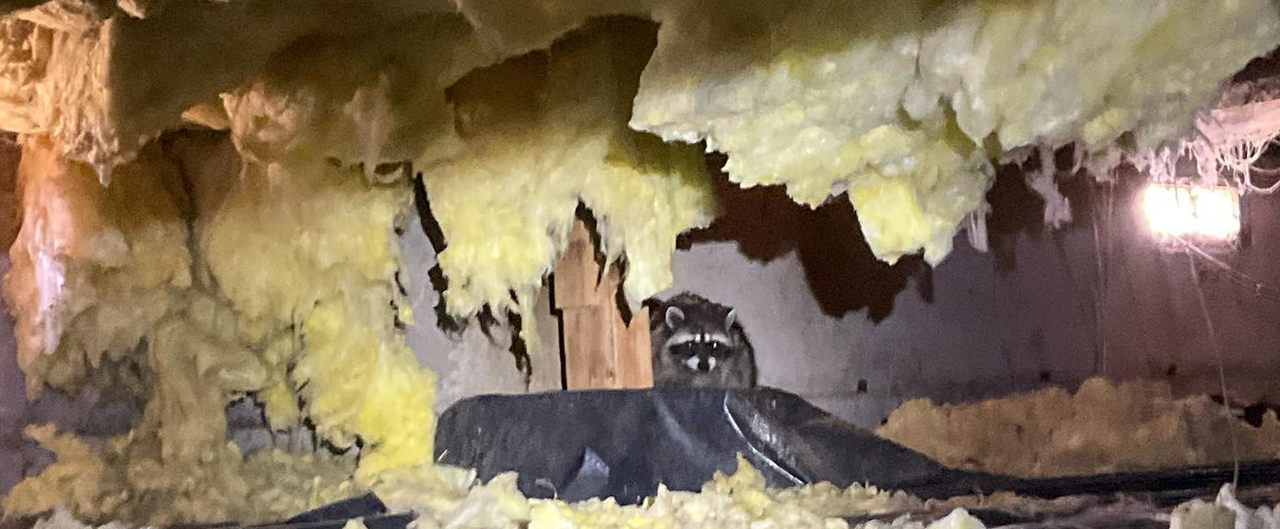
Need Help with Dead Raccoon Removal?
Find a Critter Control near you.
How to Get Rid of Dead Raccoons Safely
A dead raccoon will begin to rot within a few days, causing a terrible odor. Removing a dead raccoon as quickly as possible is important because that odor may attract other unwanted pests. Remember that you should never handle the body of a dead raccoon without proper training. They can still be infected with transmissible diseases such as rabies and raccoon roundworm. If you find a dead raccoon, contact our professionals at Critter Control.
Raccoon carcasses are easy to identify, as these mammals are known for their black-ringed tails and bandit-like masks. The most common causes of death include disease, accidents, human hunting and trapping, and predator attacks. The appearance of the animal may vary based on the cause and time of death.
Dead raccoons are often found around the home or yard. In most cases, they are found on the edges of yards or hidden underneath structures like decks. If a raccoon is infected with disease or hurt, however, it may seek refuge in attics, chimneys, or basements to remain concealed from predators.
Prevention & Exclusion
To prevent living raccoons from entering homes and yards,
- Remove food and shelter options.
- Keep trash in tightly sealed containers.
- Screen and secure all cracks, windows, chimneys, and doors
For more information on safely removing dead raccoons from your commercial or residential property, contact your local Critter Control.
Get them out.
Keep them out.®
Experiencing a wildlife or pest issue? We can help! Complete this form and your local Critter Control® office will contact you to assist.
- How to Get Rid of Raccoons
- Are Raccoons Dangerous?
- Raccoon Trapping Service
- Raccoon Control
- Baby Raccoons
- Raccoon Diseases
- Do Raccoons Hibernate in Winter?
- Raccoon Damage
- Raccoon Diet
- Raccoon Poop
- Raccoons In Yards
- Raccoons in Basements
- Raccoons in Chimneys
- Raccoons in Crawl Spaces
- Raccoons in Houses
- Raccoons in Trash
- Raccoons in Trees
- Raccoons in Walls
- Raccoons on Roofs & in Soffits
- Raccoon Sounds
- Raccoon Tracks
- Raccoons in Attics & Ceilings
- What Does a Raccoon Look Like?